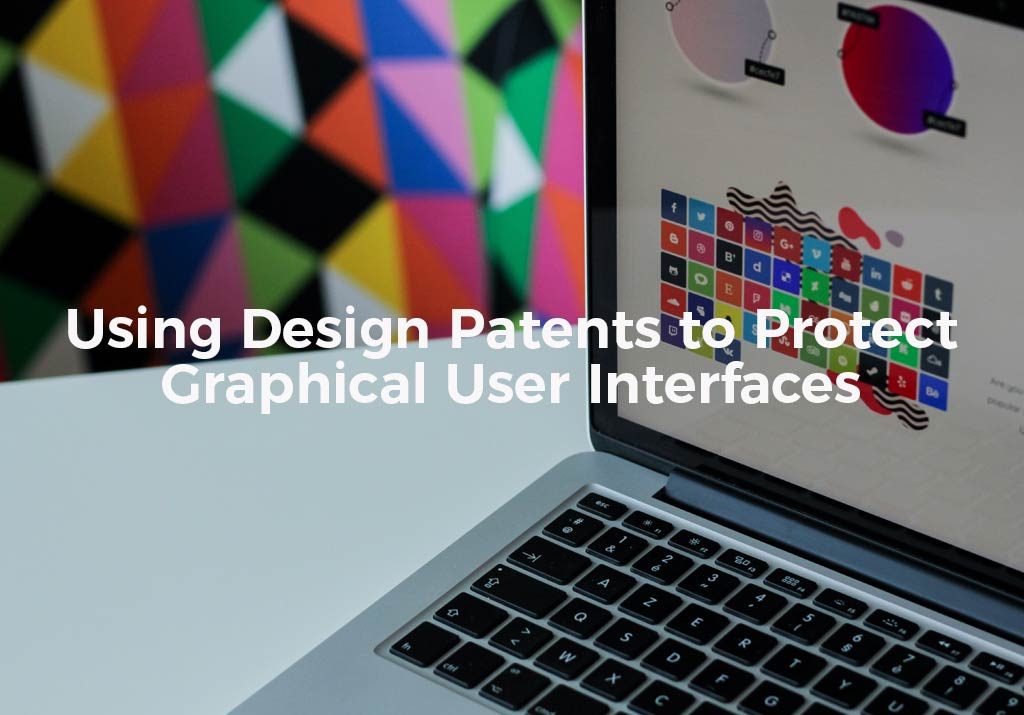One of the most important aspects of software and mobile applications is the user experience, which is closely tied to the graphical user interface (GUI) of the software. A user-friendly GUI can make all the difference in how well-received a new software or mobile app is by a user base. Many developers put a lot of time and thought into crafting a highly-usable and aesthetically pleasing GUI – making a GUI one of the most valuable pieces of intellectual property associated with software and mobile app development.
Design Patent Protection for GUIs
The GUI of an app is a critical piece of intellectual property and developers should seriously consider protecting the GUI with a design patent. Design patents are directed to protecting ornamental aspects of a functional invention. There are five requirements for what makes something, such as a GUI, eligible for protection by design patent.
- The GUI Must Be An Article of Manufacture. A man-made tangible object that features a picture or design is an article of manufacture – a picture or design standing alone is not an article of manufacture. As such, a GUI, by itself, is not eligible subject matter for a design patent as an article of manufacture. However, when the GUI is placed on a computer or mobile device display, then the GUI can be protected by design patent because it is associated with a man-made tangible object (e.g., the computer or mobile device display).
- The GUI Must Be Original. The GUI design must be original and not a copy of another’s work and innovation. Note that this is applicable even if the original designer is not aware that his or her creation was copied. On the other hand, a reassembling or reforming of a previous creation does not run afoul of the originality requirement for design patents.
- The GUI Must Be Novel. The GUI design that is being patented must be new. As mentioned, a design patent is only for the ornamental aspect of the GUI, and is not going to provide protection for the mechanics of the GUI’s functionality. Protection for the mechanics of the GUI’s functionality would require a utility patent.
- The GUI Must Not Be Obvious. As technology is almost always based upon a previous innovation, the new GUI must not be obvious to other designers of ordinary skill in the art in light of what already exists in the world.
- The GUI Design Must Be Ornamental. Courts construe the ornamentality requirement of design patent eligibility as the ornamental aspect of the GUI cannot be connected to the GUI’s functionality. If a certain design is required for functionality, then it cannot satisfy the ornamentality requirement. Basically, the ornamental aspect of the GUI must be entirely separate and non-dependent on the functionality of the GUI.
Therefore, when creating a GUI, it is preferable to protect the innovative, new interface with design patent protection, provided that all requirements discussed above are satisfied. As computer GUIs become more user-friendly, the role of patents, especially design patents, will continue to be more and more important.
Need Help Filing For A GUI Design Patent?
At The Rapacke Law Group, we work closely with our software and mobile app developer clients to prepare design patent applications that capture the innovative aspects of their GUI designs. Please contact us today to schedule a free initial consultation.




